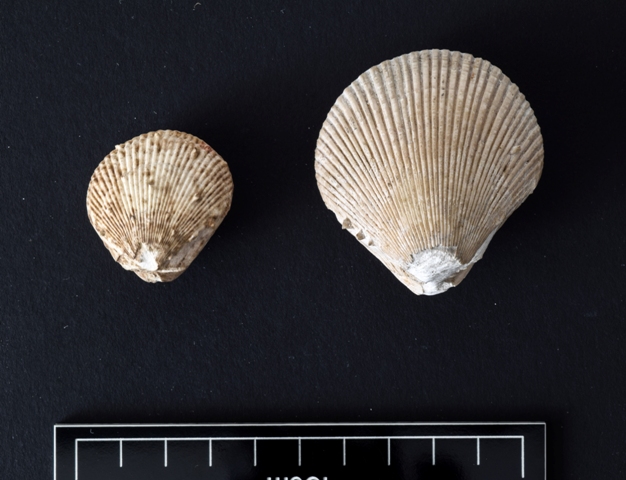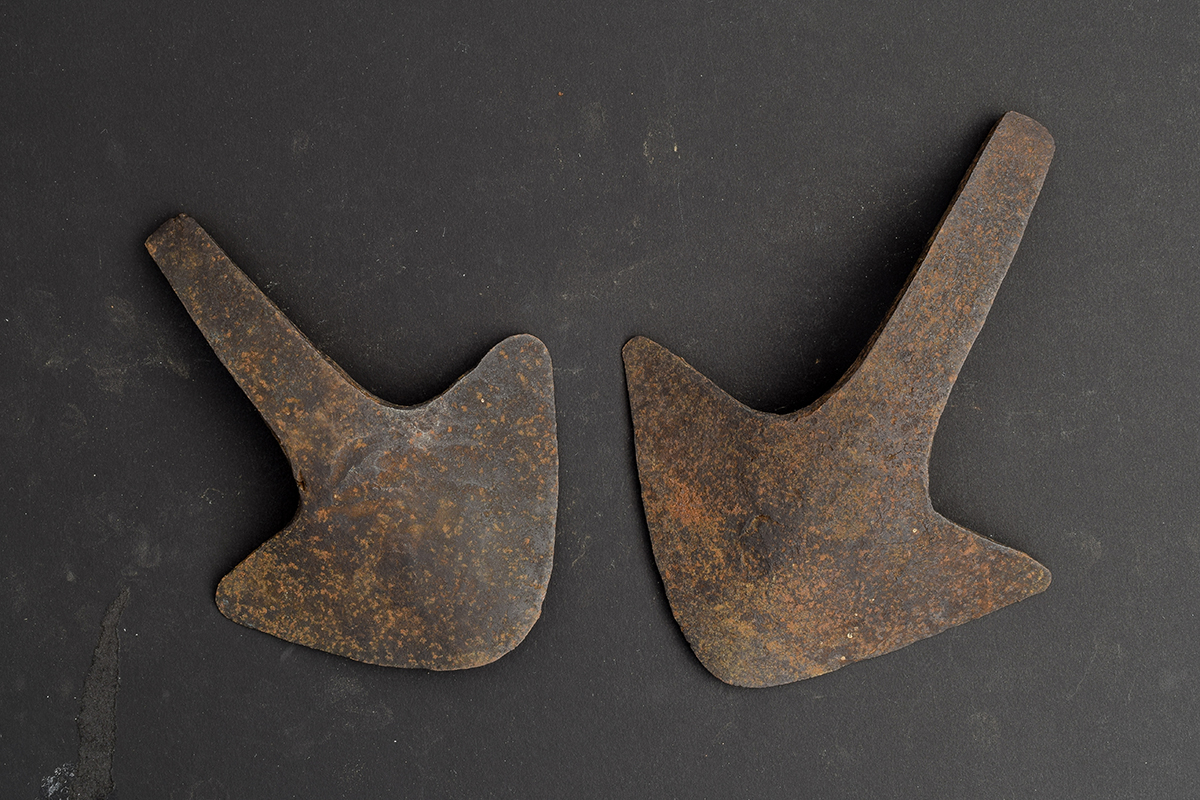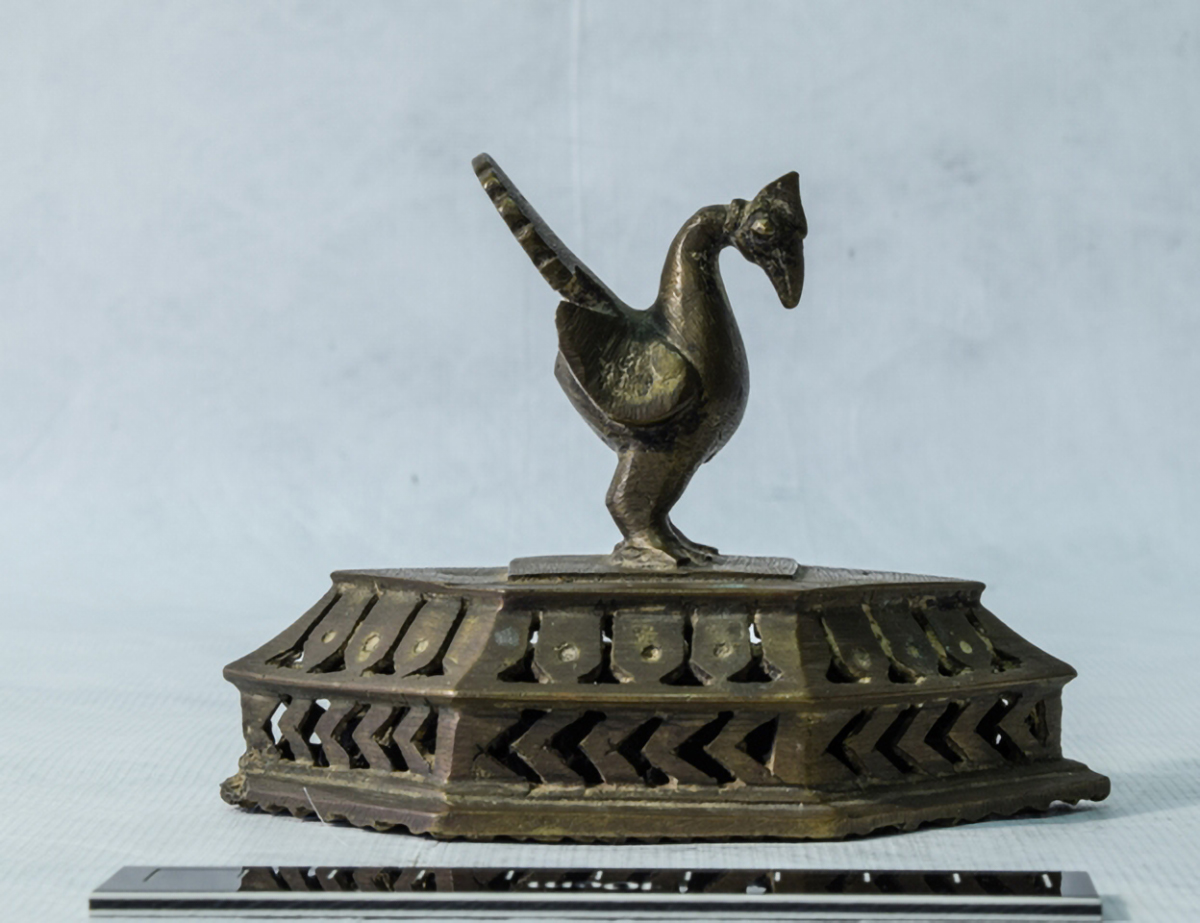Spondylus spinosius is the scientific name for this genus of fossil. Although they vary in appearance Spondylus are also known as Spiny Oysters (they are not actually true oysters). The fossils of West Berkshire show us clearly that the countryside was once an ocean and, at another time, covered in forest. About 100 million years ago this part of England was a shallow but warm sea. The sea was home to huge numbers of tiny animals called coccolithophore who had a lot of calcium in their bodies. When these creatures died their bodies fell to the bottom of the sea and, over time, the calcium turned into a layer of chalk up to 900 metres deep. This forms the basic structure of the Berkshire and Hampshire Downs. When these creatures died their bodies fell to the bottom of the sea and, over time, the calcium turned into a layer of chalk up to 900 meters deep. This forms the basic structure of the Berkshire and Hampshire Downs.
Period: Cretaceous
Place: West Berkshire




